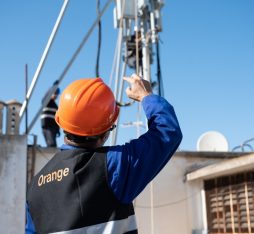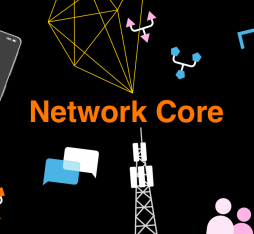Firecell was founded in 2021, shortly after dedicated mobile frequency bands for businesses were made available by regulators in around 20 countries. Its four co-founders wanted to simplify private networks so that all companies, regardless of size, could benefit from them. After interviewing some 40 prospective customers and measuring the scale of their internal connectivity needs, they set out to design telecom software and equipment able to connect the hundreds of tablets, tools, machines and vehicles that form the beating hearts of factories and logistics warehouses. “We wanted to make 5G networks as affordable and easy to use as corporate Wi-Fi networks. Our continual aim is to hide their technical complexity, making them simple to deploy and manage,” says Olivier Dhotel, co-founder and Chief Revenue Officer (CRO).
5G private networks that are as simple and affordable as Wi-Fi, but more robust
Geolocation without GPS
Firecell focuses on the “industry” and “logistics” verticals, where business needs are most pronounced — either because networks do not yet include factories or because potential uses require a lot of bandwidth, minimal latency and maximum stability. “One of the first innovative uses to be tested will be the ability to geolocate tools inside a building with a 5G network.” Developed for Stellantis, this project aims to geolocate hand-held screwdrivers across the various workstations of an automotive production line. The tools can be controlled remotely and deactivated when they are outside their intended area. The startup is also working on integrating 5G into a network of machines in order to connect equipment more easily without having to lay Ethernet cables, but above all to increase the flexibility of the production tool.
Robust and Reliable Private 5G Networks
The advantage of 5G in these scenarios needs no further demonstration, as increased flexibility has been standard from the start. 5G makes for fluid and seamless handovers — a key challenge for factories. What is more, Firecell has opted for open-source software, using OAI (Open Air Interface) for the deployment of small private networks. The framework is based on the latest 3GPP specifications, a global partnership project for standardizing mobile communications.
“This strategy allows us to deploy solutions that are compatible with all 5G devices and interoperable anywhere in the world. It is also a sure way to accelerate progress while decreasing vulnerability — because if anything goes wrong, the whole community works together to resolve the problem.”
A Manufacturer/Integrator Synergy
As the winner of the Orange Fab 5G challenge in 2022, Firecell quickly joined Orange’s acceleration program. For François Jézéquel, Head of Business Development at Orange Fab France, “Firecell checks all the boxes for a startup to accelerate. It was created in a French ecosystem and proposes an autonomous solution, which is a prerequisite for security, especially for sensitive use cases. It is also developing an offering that completely aligns with our strategy centered around the fundamentals of business as a carrier.”
The synergies are already in place: Firecell manufactures the software and equipment, Orange integrates, installs and manages it. “We will prove ourselves in real terms with real projects, then we will use the Orange 5G Lab to demonstrate the solution’s capabilities and develop tailor-made offers adapted to the fragmented business market.” The prospects for the smart industry of the future are immense.











